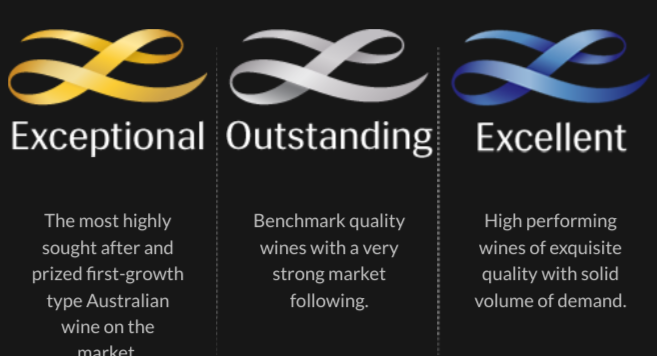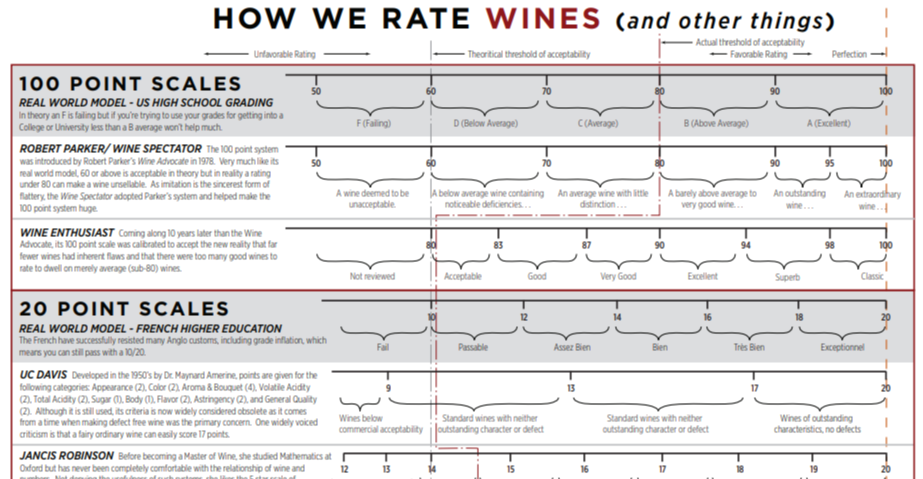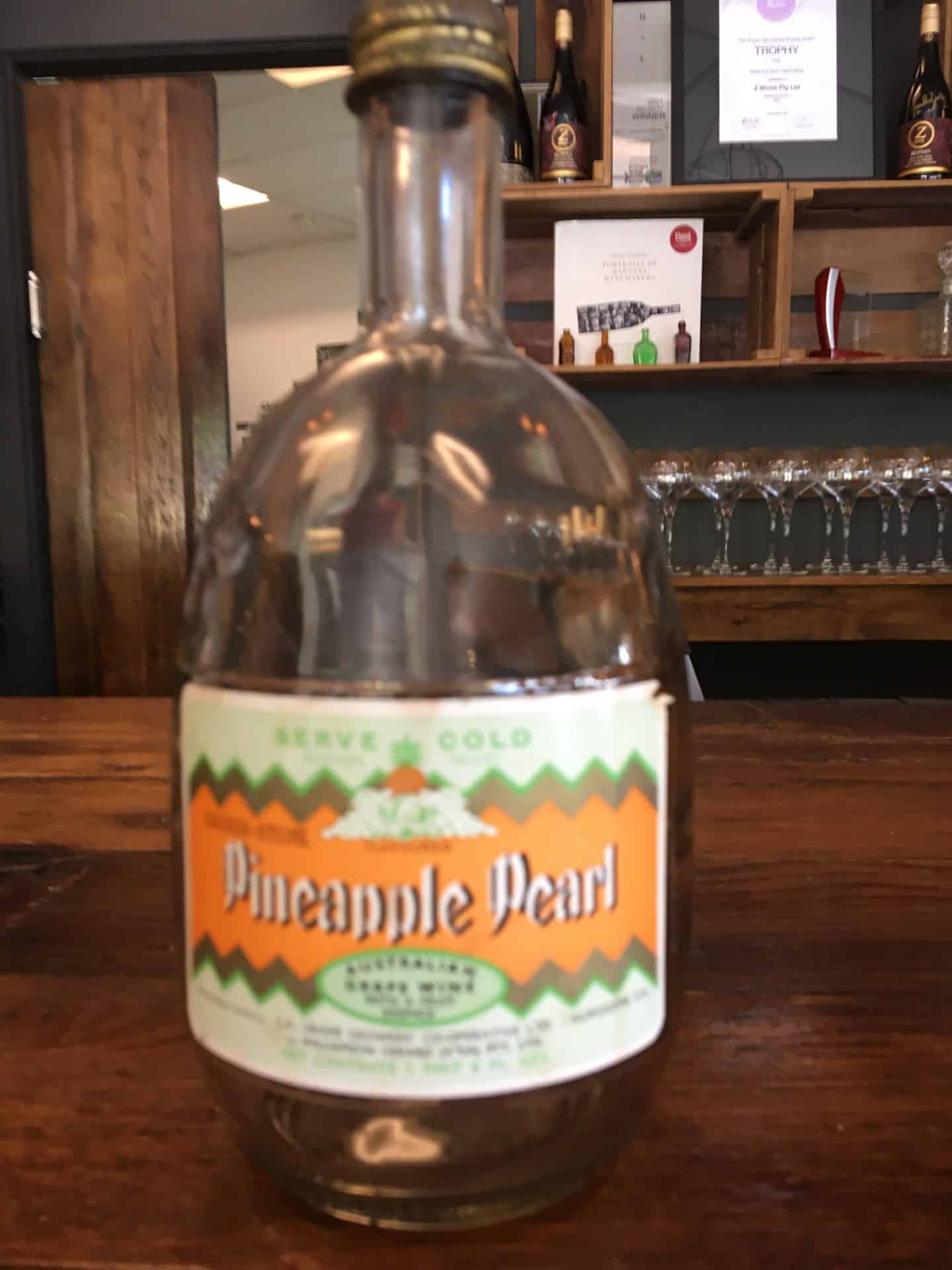Giving wines a quality score is by its very nature a subjective business but show judges, wine writers and critics hand them out every day. They are a major influence on what wines we buy. So what do the various ratings actually mean?
Glug’s Value Wine Quality Rating
Our scale is broad enough to cover the variety of standards without pretending that it is actually possible to be precise when the likes and dislikes of people can be so different.
| Quality Rating | Description of the type of wine |
|---|---|
| 1 | It might be alcoholic but not really pleasant |
| 2 | It is wine, it is alcoholic, and there will be times … |
| 3 | Nothing fancy but quite drinkable without major faults |
| 4 | Pleasantly drinkable |
| 5 | Good and well made – most commercial quality wines and a few expensive efforts too |
| 6 | Moving up the drinkability scale and the price one too probably. |
| 7 | Wines that pass “the bottle test” where you can be tempted to open another one. |
| 8 | Real enjoyment that would be great to find every day |
| 9 | Wines of quality with characteristics of distinction. Not many reach this level. |
| 10 | Rare finds where you cannot think how they could be any better. |
100-Point Scale
The 100-point wine-scoring scale was popularized by Wine Spectator magazine and by Robert Parker in his Wine Advocate newsletter.
| Score | Explanation |
|---|---|
| 95–100 | Classic: a great wine |
| 90–94 | Outstanding: a wine of superior character and style |
| 85–89 | Very good: a wine with special qualities |
| 80–84 | Good: a solid, well-made wine |
| 75–79 | Mediocre: a drinkable wine that may have minor flaws |
| 50–74 | Not recommended |
Australian Wine Shows Scale
Medals at Sydney and other major shows are determined by the Judges using the following point scale:
- Gold medal for outstanding Exhibits gaining 95.0pts and over
- Silver medal for excellent Exhibits gaining 90.0pts but fewer than 95.0pts
- Bronze medal for quality Exhibits gaining 85.0pts but fewer than 90.0pts
The James Halliday Rating System
James Halliday’s Wine Companion uses the 100 point method pioneered by Robert Parker and now used by most wine critics and at most wine shows. To add a touch of individuality, wines are also eligible for a glasses symbol from five down to three and a half
Jancis Robinson’s Scoring System
The prominent British wine writer and author Jancis Robinson says on her website that she uses a 20 point scale to evaluate wine. “Although we are not very comfortable with scoring wines because it is so difficult to encapsulate a wine’s qualities in a single score, we do realise how useful scores are for those reading and buying (and selling) in a hurry,” she writes in describing her “rough guide to what our numbers mean.”
20 – Truly exceptional
19 – A humdinger
18 – A cut above superior
17 – Superior
16 – Distinguished
15 – Average, a perfectly nice drink with no faults but not much excitement
14 – Deadly dull
13 – Borderline faulty or unbalanced
12 – Faulty or unbalanced
If you think that is really a nine point scale there is a complication. be aware she”occasionally give a ‘+’ or even ‘++’ to suggest that we think (but are not 100% sure) that the wine will improve, and if a score comes with a minus attached, it means that it has a drawback, usually described in the tasting note.”
The Robinson scores are for how the wine tasted when it was tasted, combined with any perceived potential. So a one-year-old first growth bordeaux is likely to be given a pretty high score, even though it may be not much fun to drink at that point (and not even bottled in fact). If a tasted wine is obviously on the way down from its peak of maturity, the score denotes how it tasted when tasted it and not how wonderful it might have been at its best.
Langton’s Classification
Stewart Langton launched Australia’s first specialist wine auction house, Langton’s Fine Wines, in Melbourne in 1988. Since 1991 it has published its Classification of Fine Wine which it now describes as “the ultimate form guide to local fine wines.” Entry into the Classification is based on a wine’s reputation and track record at auction.

A final note: Jancis Robinson proves a link to an interesting chart comparing different ratings systems.





